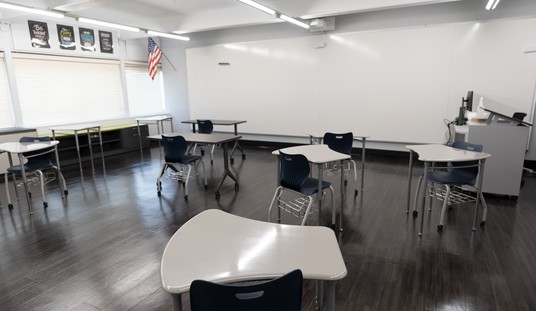It pays to be prepared for injuries in the field. Bob Owens, editor of BearingArms.com, reports for Townhall Magazine.
Most of the better shooters I know dedicate a lot of time, money, and energy to increasing their level of skill with firearms. They try to go to the range at least once a month, and most take part in dry-fire practice, form practice without live ammunition, at least once a week. Some spend their vacation time in shooting schools, and take part in competitions.
In short, they spend a lot of time learning to make holes where they want them to appear.
Relatively few, however, have taken much interest in learning how to treat the various sorts of injuries that can result from spending time around firearms.
I’d like to see that change.
While it may be surprising to some, the overwhelming majority of shooting-related injuries have very little to do with people being shot.
Minor burns, lacerations, and fingertip slices or crushes are commonplace. During the summer, heat injuries and dehydration from a long day afield or at the range can quickly take their toll.
Hunters fall out of stands with predictable regularity during deer seasons in every state, and hunters using knives slick with blood all too often slip and slice themselves while butchering.
Some unfortunate souls also have a tendency to irritate the wrong wildlife and end up stung or bitten, or happen to find every thorn, snag, or rusting strand of barbed wire.
Other firearms-related incidents can be far more traumatic, such as when there are firearm and ammunition failures while shooting.
Over the past few years I’ve been privy to the details of a few “kabooms,” which are the catastrophic detonations of firearms. Several were attributed to the wrong kind of ammunition being loaded in the wrong gun, such as two instances where 6.5mm cartridges loaded in 5.56mm rifles detonated when the trigger was pulled. The shooters in these instances were incredibly lucky, with the blast being directed down the magazine well away from the shooters. The detonations destroyed the rifles, but the shooters only suffered minor shrapnel and burn injuries, and perhaps needed new underwear.
In another instance, old and possible overcharged ammunition blew the bolt out of a Russian submachine gun a friend was firing, blasting the shooter’s hand and arm with burning powder and shards of the cartridge case that had to be removed with tweezers.
Some people simply take to the field when they are out of shape and over-exert their hearts, and a number of people die of these “natural causes” while hunting or sport shooting every year.
Solid first aid training and CPR training, like that provided by the Red Cross or other organizations, can handle many of these kinds of shooting sport-related injuries.
Unfortunately, there are more serious injuries that occur while around firearms that need more specialized treatment. There are catastrophic weapon failures, the rare accidental shooting of oneself or another, and even the intentional shooting of an adversary in a self-defense scenario.
These sorts of injuries are of course far more traumatic than the basic first aid kit can handle. They require a specialized kit, called either a “blowout kit” or an IFAK, which is based on the military’s Individual First Aid Kits used by soldiers to render self-aid in combat conditions until a medic can arrive.
It gives the people who make holes in things the ability to also patch up those holes.
Instead of the fingertip bandages, analgesics, and ointments common in a first aid kit, IFAKs are stocked with scissors to cut away clothing from wound areas, dressings and bandages (often impregnated with blood-clotting agents) to control hemorrhaging, a nasopharyngeal airway tube (to keep air going to the lungs), chest seals to put over punctured lungs, an eye shield, sterile disposable gloves and, I’m not kidding, duct tape. Oftentimes these kits are also augmented by tourniquets to stop excessive bleeding to the extremities (and yes, some even include instructions to not apply them to the head or neck).
IFAKs can typically be had for $50-$200 depending on a kit’s specific content, but the fact remains that without training, the contents of the kits are all but worthless.
There are a number of companies teaching these “tactical medicine” classes, and they’re easy enough to find online or through some shooting schools.
We spend a lot of time learning how to defend ourselves, and our families, with firearms, acting as our own police officers.
It simply makes sense to also learn how to patch up wounds and be our own medics as well. •

























Join the conversation as a VIP Member